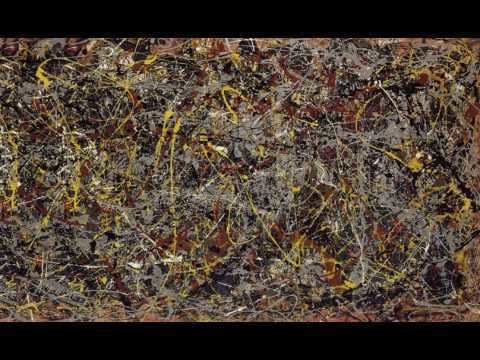Year 1948 Period Abstract expressionism Created 1948 | Dimensions 2.44 m x 1.22 m Media Fiberboard Genre Abstract art | |
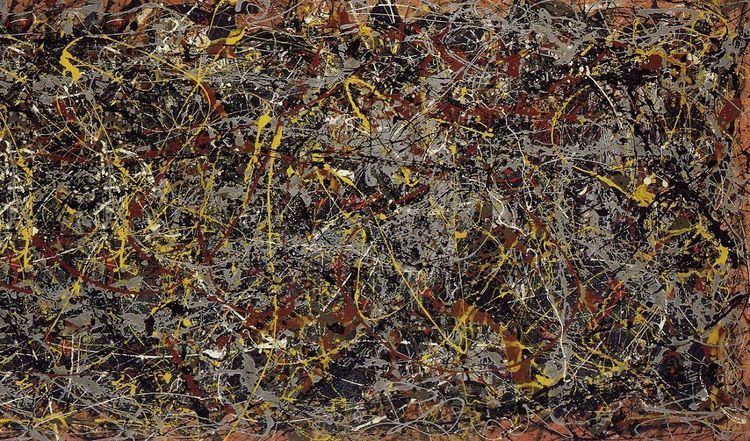 | ||
Location Private collection, New York Similar Jackson Pollock artwork, Abstract expressionism artwork, Abstract art | ||
No 5 1948 by jackson pollock
No. 5, 1948 is a painting by Jackson Pollock, an American painter known for his contributions to the abstract expressionist movement.
Contents
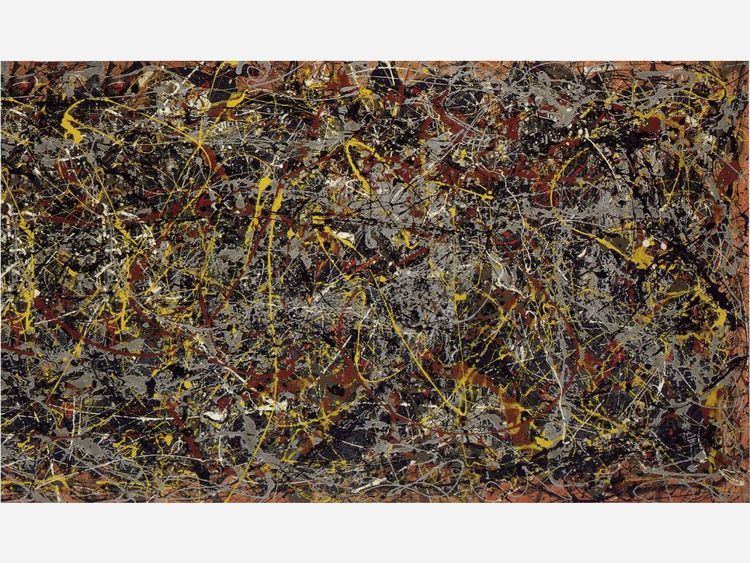
Composition

The painting was created on fibreboard, also known as composition board, measuring 8’ x 4’. For the paint, Pollock chose to use liquid paints. More specifically, they were synthetic resin paints (gloss enamel) but are referred to as oil paints for classification of the work. On inspection it was grey, brown, white and yellow paint drizzled in a way that many people still perceive as a "dense bird’s nest". Initial reactions to the work by the uninitiated were underwhelming:
You spent money on that? The initial reaction of Ted Dragon, Ossorio's partner.
Damage and rework
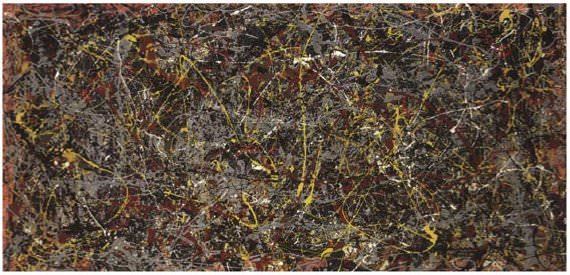
The painting has been changed by Pollock since it was originally created. During January 1949, it was being shown in a solo Pollock show at the Betty Parsons gallery. It was from here that Alfonso A. Ossorio decided to purchase a "paint drip" composition; he chose No.5, 1948 and paid $1,500. It was the only canvas sold from the show. At some point, presumably during the moving process, the painting became damaged according to Grace Hartigan. The shipping company "Home Sweet Home came in with a painting in one hand and a lump of paint from the center of the painting in the other hand". Hartigan gave Pollock some paint and he patched the painting before it went to Ossorio saying "He’ll never know, never know". When the painting was subsequently delivered to Ossorio, he claimed that he noticed "a portion of the paint - actually the skin from the top of an opened paint can - had slid" leaving a "nondescript smear amidst the surrounding linear clarity," as he explained in a 1978 lecture at Yale. Pollock offered to rework the painting but, according to Hartigan, he "repainted the whole thing again" and stated that "He'll never know. No one knows how to look at my paintings, he won’t know the difference." After three weeks, Ossorio visited Pollock’s studio to inspect the painting. Ossorio was confronted with an artwork which had "new qualities of richness and depth" as a result of Pollock’s "thorough but subtle overpainting." It was clear that Ossorio still liked the painting despite the rework and continued to attest that the "original concept remained unmistakably present, but affirmed and fulfilled by a new complexity and depth of linear interplay. It was, and still is a masterful display of control and disciplined vision." Pollock repaired the damage to the painting by completely altering the original, in contrast to how other artworks are repaired. The reconstruction had not only retained but reinforced the metaphysical concept of the painting and has become what Ossorio calls "a wonderful example of an artist having a second chance".
Ownership
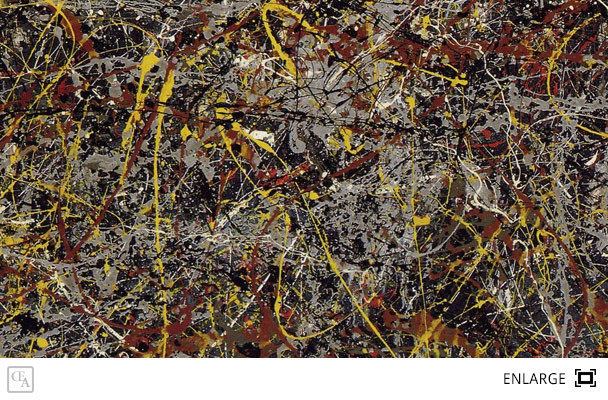
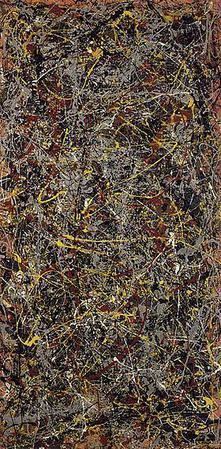
According to a report in The New York Times on November 2, 2006, the painting was sold by David Geffen, founder of Geffen Records and co-founder of DreamWorks SKG, to David Martinez, managing partner of Fintech Advisory Ltd, in a private sale for a record inflation-adjusted price of $140 million. It is speculated that Geffen sold the painting, along with two others, to raise enough funds to bid for the Los Angeles Times. The sale was reportedly brokered by Sotheby's auctioneer Tobias Meyer, however, the law firm of Shearman & Sterling, LLP, issued a press release on behalf of its client, David Martinez, to announce that contrary to recent articles in the press, Martinez does not own the painting or any rights to acquire it. In addition to the refutation issued by Shearman & Sterling, the auction expert Josh Baer indicated that Martinez was not the buyer of the painting. In November, 2006, Steven A. Cohen purchased Number 5, 1948 for $140. million (he also purchased De Kooning's 1953 Woman III for $137.5 million).
Value
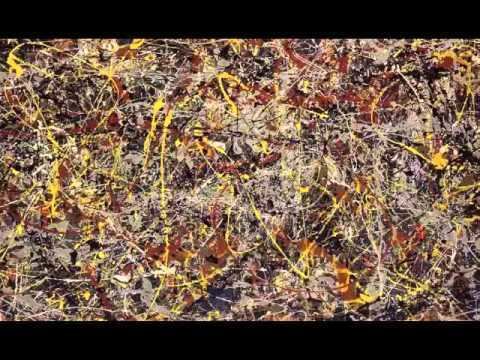
As of mid 2015, this sale would make the painting the fifth most expensive ever sold, privately or at auction, exceeding the sale of Gustav Klimt's 1907 Portrait of Adele Bloch-Bauer I to Ronald Lauder, heir to the Estée Lauder Companies fortune, by around five million dollars, trailing the sale of Mark Rothko's no. 6, Picasso's Les Femmes d'Alger, The Card Players to the Royal Family of Qatar reportedly for between $250 to $300 million and that of When Will You Marry?, which was sold at auction in February 2015 for $300 million. David Cook, deputy director of painting at Sotheby's Australia, stated that the price of Pollock's paintings will continually rise in value, as very few of Pollock's paintings are still left. Cook has also stated that another of Pollock's paintings, Blue Poles, is worth at least 180 million AUD and possibly even more than No. 5, 1948.

